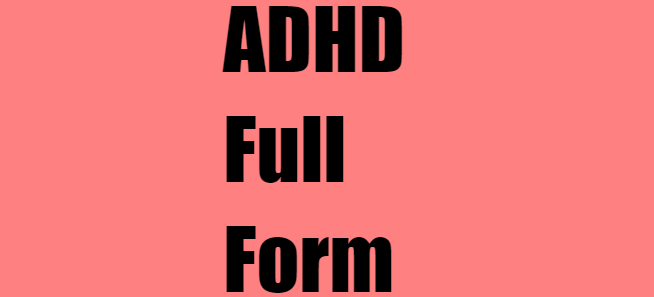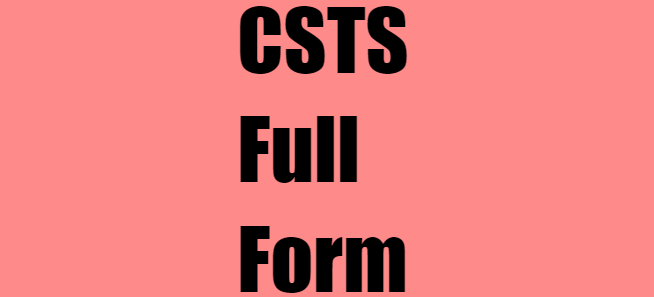ADHD Full Form: ADHD, which stands for Attention Deficit Hyperactivity Disorder, is a neurodevelopmental disorder that affects people of all ages. In this article, we will explore the meaning of ADHD, its symptoms, and how it is diagnosed and treated.
Understanding the Disorder
ADHD is a disorder that affects the brain’s ability to focus, organize information, and control behavior. It is typically diagnosed in children, but can also affect adults. The disorder is characterized by three main symptoms: inattention, hyperactivity, and impulsivity.
Inattention refers to a person’s inability to stay focused on a task for an extended period of time. People with ADHD may become easily distracted, have difficulty following instructions, and struggle to organize their thoughts and activities.
Hyperactivity refers to excessive movement and restlessness. People with ADHD may fidget, squirm, or feel restless in situations where they are expected to sit still, such as in a classroom or during a meeting.
Impulsivity refers to a person’s tendency to act without thinking through the consequences. People with ADHD may interrupt others, blurt out inappropriate comments, or engage in risky behaviors without considering the potential consequences.
Symptoms of ADHD
The symptoms of ADHD can vary from person to person, but generally fall into one of two categories: inattention and hyperactivity/impulsivity. Some common symptoms of ADHD include:
- Difficulty paying attention to details and making careless mistakes
- Difficulty organizing tasks and activities
- Avoiding tasks that require sustained mental effort
- Forgetfulness and losing things frequently
- Difficulty following through on instructions and finishing tasks
- Fidgeting, tapping, or squirming in seats
- Talking excessively or interrupting others
- Difficulty waiting their turn
- Impulsive behavior, such as blurting out answers before a question is completed
Diagnosis and Treatment
Diagnosing ADHD typically involves a comprehensive evaluation that includes interviews with the patient and their family members, observations of behavior, and psychological testing. The evaluation may also include a physical examination to rule out other potential causes of the symptoms.
Treatment for ADHD typically involves a combination of medication and behavioral therapy. Medications such as stimulants can help improve attention and reduce hyperactivity and impulsivity. Behavioral therapy can help patients develop strategies for managing their symptoms and improving their organization and time management skills.

Conclusion
ADHD is a disorder that can have a significant impact on a person’s ability to focus, organize information, and control their behavior. Symptoms of ADHD can vary, but typically include inattention, hyperactivity, and impulsivity. Diagnosing and treating ADHD requires a comprehensive evaluation and may involve a combination of medication and behavioral therapy. With proper diagnosis and treatment, people with ADHD can learn to manage their symptoms and lead successful, fulfilling lives.


